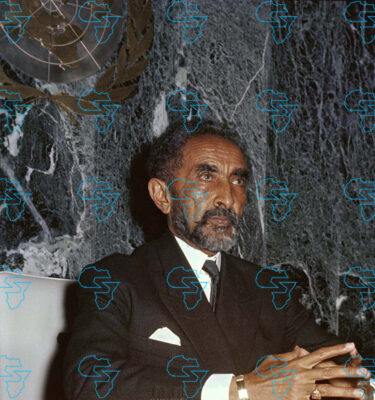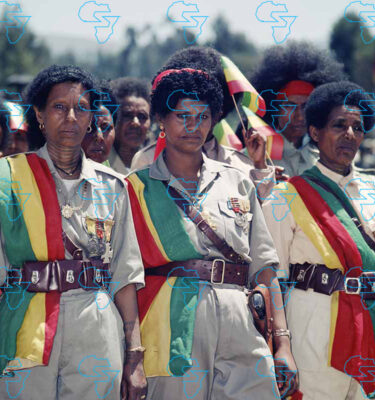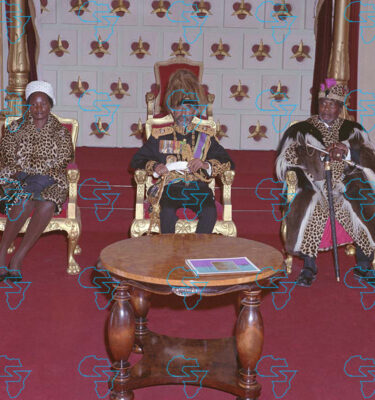
USD 31mln required for clearing work between 2026-7
Ethiopia has requested the UN to again extend a deadline to clear landmines left strewn by wars old and new, placing people at risk on more than 125 million hectares of land.
Ethiopia acceded to the Anti-Personnel Mine Ban Convention (APMBC) in 2004 and was initially obligated to clear all known contamination before June 2015—a deadline that proved unattainable due to insecurity, funding constraints, and limited capacity.
The deadline was extended until June 2020, and then again until December 2025.
Earlier this month, Ethiopia’s permanent mission to the UN in Geneva lodged a revised and detailed request for another five-year extension. The request indicates that COVID-19, funding shortfalls, and new conflicts in the country have introduced new layers of contamination and posed significant risks to the safety of teams accessing contaminated areas, preventing progress.
Over the past 90 years, Ethiopia has endured numerous conflicts, resulting in widespread contamination by anti-personnel (AP) mines and explosive remnants of war (ERW), reads the appeal document.
At the time of Ethiopia’s previous request in 2019, it reported a baseline of 261 contaminated areas, measuring just over one million square meters, with 99 percent of the contamination concentrated in the Somali region.
In the 25 years leading up to 2020, Ethiopia had released 109 mined and suspected areas measuring 330 million square meters, primarily in the Somali region, destroying 128 AP mines and 5,812 items of unexploded ordnance (UXO), reducing Ethiopia’s remaining challenge to 152 confirmed and suspected areas measuring 725 million square meters.
In 2024, Ethiopia achieved a significant milestone by releasing over 600 million square meters of land in Aware Woreda of the Somali region, in one single minefield in Bukodowa Kebele.
However, much of the progress in the Somali region has been offset by contamination in Tigray and Afar in the aftermath of the two-year northern war, as well as in other regions.
“Contaminated woredas are often located in or near minefields located along the borders with Somalia, Eritrea and Sudan and South Sudan, while unexploded or discarded munitions litter former conflict areas,” reads the document.
In early 2024, the Integrated Development Initiatives for War Affected People (IDI-WAP), a non-government organization that operates with a primary focus of explosive ordnance risk education, reported that at least 1,225 people have either been killed or injured by unexploded remnants of war across 13 woredas in Tigray since the Pretoria Agreement was signed in November 2022.
At least 182 were killed.
The Ethiopian permanent mission has pledged to conduct surveys to determine the full extent of contamination and submit an updated workplan by the end of 2027.
The work plan is expected to prioritize institutional building, enhancing personnel and financial capacities, laying the groundwork for effective mine action.
“Key objectives include surveying 147 mined areas spanning 125,177,647 square meters across Afar, Benishangul Gumuz, Gambella, Oromia, Somali, and Tigray regions, conducting targeted surveys in Tigray and Afar, and performing emergency clearance tasks based on community requests and humanitarian needs,” reads the document.
Its authors estimate that mine action activities over 2026 and 2027 will require close to USD 31 million.
The UN is expected to extend the deadline.
.
.
.
#Ethiopia #Requests #Extend #Landmine #Clearance #Deadline #Time
Source link











